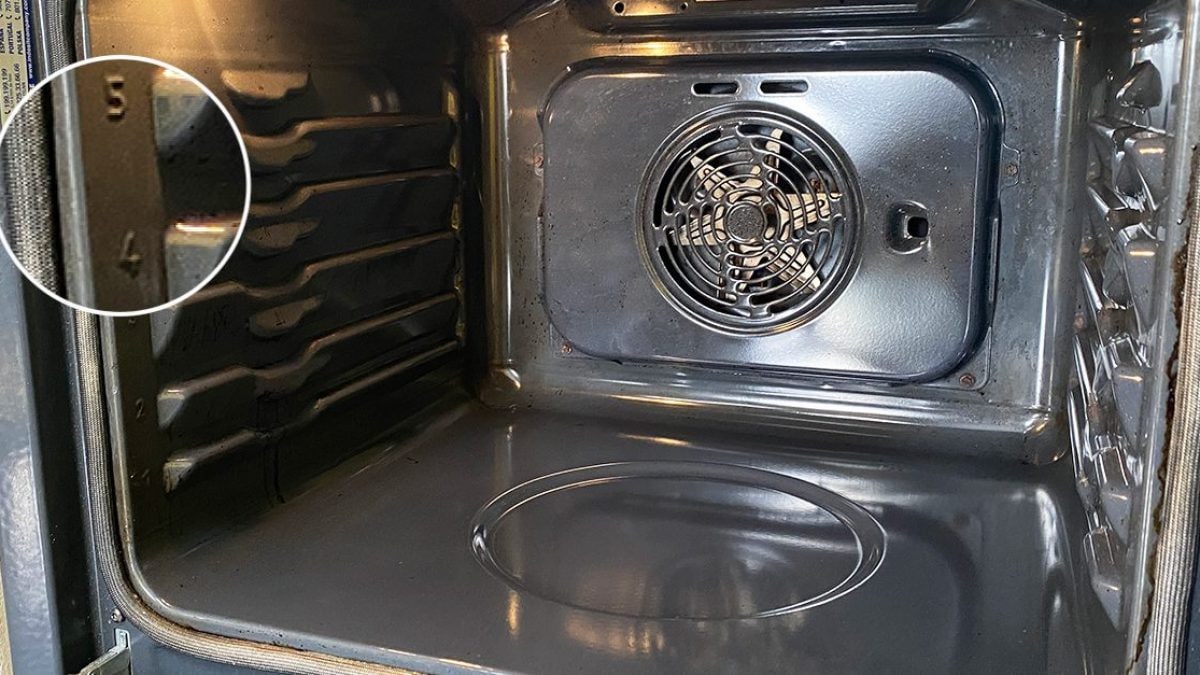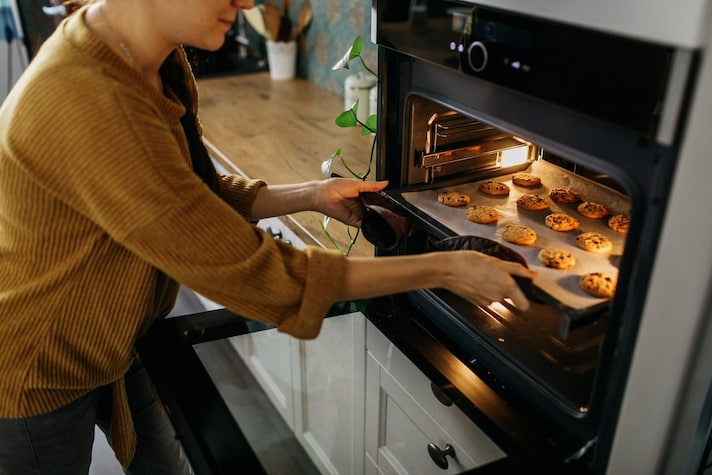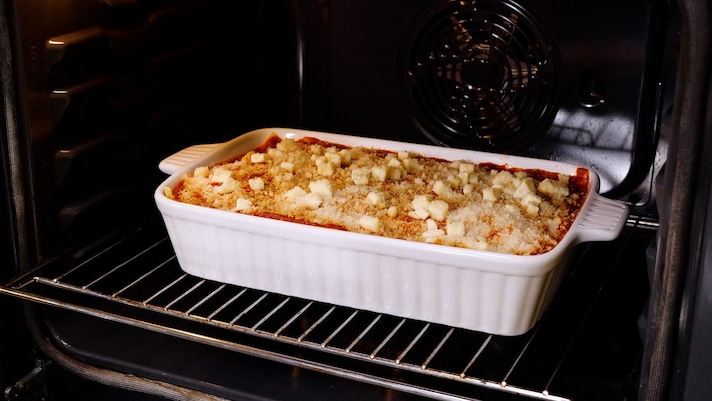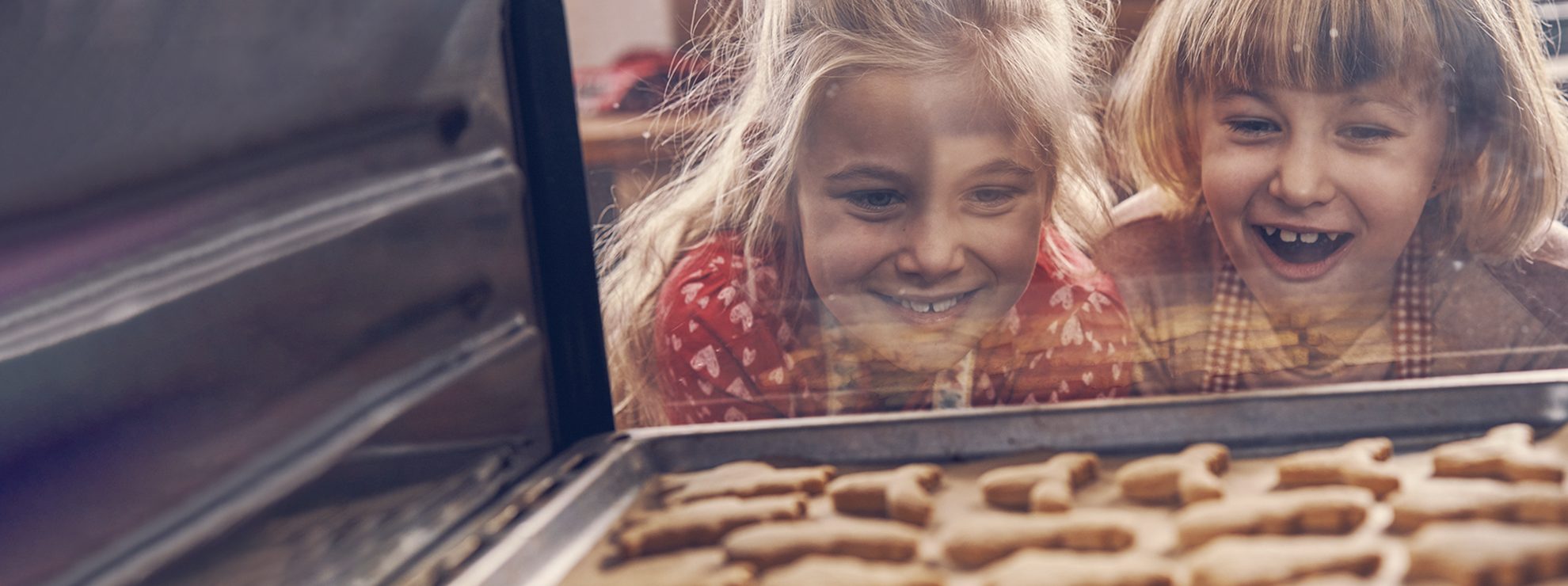
Can you imagine your home without an oven? Over the years, this appliance has become one of the most useful, practically indispensable: it allows you to cook dishes quickly and optimally, adjusting the temperature, ventilation and many other aspects that allow you to adapt the cooking to the type of food you need to prepare, but also to defrost or simply heat food. Modern ovens are equipped with many different functions, expressed by symbols and buttons whose meaning you need to know in order to make the most of the appliance's potential (and save energy). Today we'll reveal one in particular that we're sure you've never noticed: it's a series of numbers from 1 to 5, located on the edge of the oven, right at the height of the grooves where you insert trays and racks. What are they for and why could they change the way you've always used the oven? Here's everything you need to know.

Oven Side Numbers: What Are They For?
Try this: open the oven door and check the sides, in the frame around the opening. You may notice the presence of numbers written vertically on one of the two sides, a series from 1 to 5 that starts at the bottom with the lowest number and goes up to the top with the highest number. Not all ovens have this symbology, but if yours does, do you know what they are for? They are very underrated, if not completely unknown (to tell the truth they are often difficult to notice, being only slightly raised), but they are very important.
The numbers are located right next to the grooves where you insert trays and racks, because they each indicate a specific cooking level. In fact, the oven does not receive the same type of heat in all parts, some areas are closer to the source and therefore reach higher temperatures, others further away receive less. This translates into discovering that what is not indifferent is where you place your preparations: each type of recipe has its own right cooking space and the numbers are used precisely to indicate which one it is.

Here is a very useful diagram to know the meaning of each number (starting from the bottom and going up) and what is best to cook at its level:
- The first level is the first one you come across, the one on the bottom of the oven, to be clear. It is the closest to the heat source and therefore is suitable for cooking that requires high temperatures but a short time, even more so for all those recipes that need to be crispier on the outside. Here you can place pizza, bread, some types of desserts and pastries, but pay attention to the cooking times because the temperatures are very high and the risk of burning is lurking.
- The second level still receives heat quite directly but the temperatures are less high, which is why it is good for preparations that need to be browned or crispy only on the bottom. Place lasagna, quiche, savory pies here.
- The third level, the central one, is the most common because it allows for uniform cooking at medium temperatures, with heat coming from both above and below equally. It is the shelf for long cooking such as desserts, cakes and biscuits, but also roasts and chicken.
- The fourth level is the penultimate, very high, which is why it receives enough heat and is suitable for quick cooking, especially for browning and gratinating (potatoes or mussels, for example), or for flans such as parmigiana. Be careful with the timing: leaving a dish in this position for too long risks burning its surface.
- The fifth level is the highest of all, close to the grill and therefore in contact with very high temperatures that reach the pan directly. For this reason, it is mainly used for cooking very quickly or for using the grill function, therefore for browning foods or grilling them; it is also good for melting and smelting but very quickly because, precisely because of the intense heat, there is a risk of burning the food quickly.

You can also move foods from one shelf to another during cooking: moving between different areas of the oven, and therefore between different temperatures, can help some recipes cook better. For example, it is a useful technique for bread, pizza and focaccia, which often start in the lower part to obtain a well-cooked base, and then are moved to the central part to continue cooking evenly, or for lasagna, which cooks in the middle remaining soft and then, on the upper shelf, forms the typical crust.
;Resize,width=767;)
